
We all dream of spaces that perfectly fit our lives. Whether it’s a home or a business, a well-designed environment impacts our daily well-being. Creating such spaces means blending good design with smart construction. This ensures a Uniquely personal space design that is both beautiful and functional.
We will explore the work of construction remodeling companies. We’ll cover the services they offer and the typical renovation process. We’ll also discuss how to choose the right contractor and look at the latest design trends. Our aim is to help you successfully bring your renovation dreams to life.
The change of any space, be it residential or commercial, is a meticulous process that marries artistic vision with engineering precision. It’s about more than just aesthetics; it’s about creating environments that improve daily life, improve functionality, and reflect the unique identity of their occupants. This comprehensive approach is particularly crucial for large-scale developments, where fostering vibrant communities is key, such as in Multifamily Construction Dallas (or elsewhere). Construction remodeling companies are at the forefront of this endeavor, acting as orchestrators of change, guiding projects from initial concept to final execution.
At its core, shaping an environment involves several key elements: space planning, aesthetics, functionality, interior design, and remodeling. Space planning is the foundation, determining how different areas will be used and how people will move through them. Aesthetics involves the visual appeal—the colors, textures, and forms that create a desired mood and style. Functionality ensures the space serves its intended purpose efficiently and comfortably. Interior design brings these elements together, while remodeling is the physical act of altering the structure and finishes to achieve the new vision.
The U.S. remodeling market is a testament to the importance of these changes, projected to reach $456 billion by 2023. This significant investment underscores a widespread desire among homeowners and businesses to adapt their spaces to evolving needs and preferences. It’s a field where innovation, craftsmanship, and client satisfaction are paramount.

The Core Principles of Space Design and Furnishing
Effective space design and furnishing hinge on a set of core principles that guide every decision, from initial layout to the final decorative touches. These principles ensure that the resulting space is not only visually appealing but also highly functional and comfortable.
Layout planning is crucial, dictating the flow and organization of a room. It considers the placement of walls, doors, windows, and major furniture pieces to optimize space utilization. Closely related is traffic flow, which refers to the paths people take to move through a space. A well-designed layout minimizes obstructions and creates intuitive pathways, enhancing ease of movement.
Ergonomics plays a vital role in ensuring comfort and efficiency, especially in kitchens, bathrooms, and workspaces. This involves designing spaces and selecting furnishings that support the human body and minimize strain during daily activities. For example, counter heights, cabinet accessibility, and seating arrangements are all ergonomic considerations.
Material selection impacts both the aesthetics and durability of a space. Choices range from flooring and countertops to wall finishes and cabinetry. Factors such as maintenance, longevity, environmental impact, and cost are all weighed. Color theory influences the mood and perception of a room, with different hues evoking various emotions and making spaces feel larger or cozier. Finally, lighting design is essential for both functionality and ambiance. It involves layering different types of light—ambient, task, and accent—to create a dynamic and inviting environment.

Defining Your Vision for Space Design and Furnishing
Before starting on any renovation, defining a clear vision is perhaps the most critical step. This involves introspection and practical planning to ensure the project aligns with your desires and needs.
Start by considering your personal style. Do you gravitate towards modern minimalism, classic elegance, rustic charm, or something eclectic? Creating mood boards—collections of images, colors, and textures—can be incredibly helpful in solidifying your aesthetic preferences. These visual aids serve as a compass throughout the design process, ensuring consistency and coherence.
Next, assess your functionality needs. How will the space be used? For a kitchen, this might involve optimizing workflow for cooking and entertaining. For a bathroom, it could mean creating a spa-like retreat or maximizing storage for a busy family. Thinking about how the space will function on a daily basis helps drive practical design decisions.
Budgeting is a non-negotiable aspect of defining your vision. Homeowners spend an average of $10,000 to $15,000 on kitchen renovations, and bathroom renovations can range from $15,000 to $30,000. For a full home renovation, costs can be $100 to $300 per square foot. Establishing a realistic budget early on will help manage expectations and guide material and design choices. It’s wise to allocate an additional 10-20% for unexpected contingencies.
Finally, consider your long-term goals. Is this a forever home, or are you renovating with an eye toward resale value? Energy-efficient upgrades, for example, are a growing trend not only for reducing utility costs but also for increasing property value. Thinking ahead helps ensure your renovation is a wise investment.
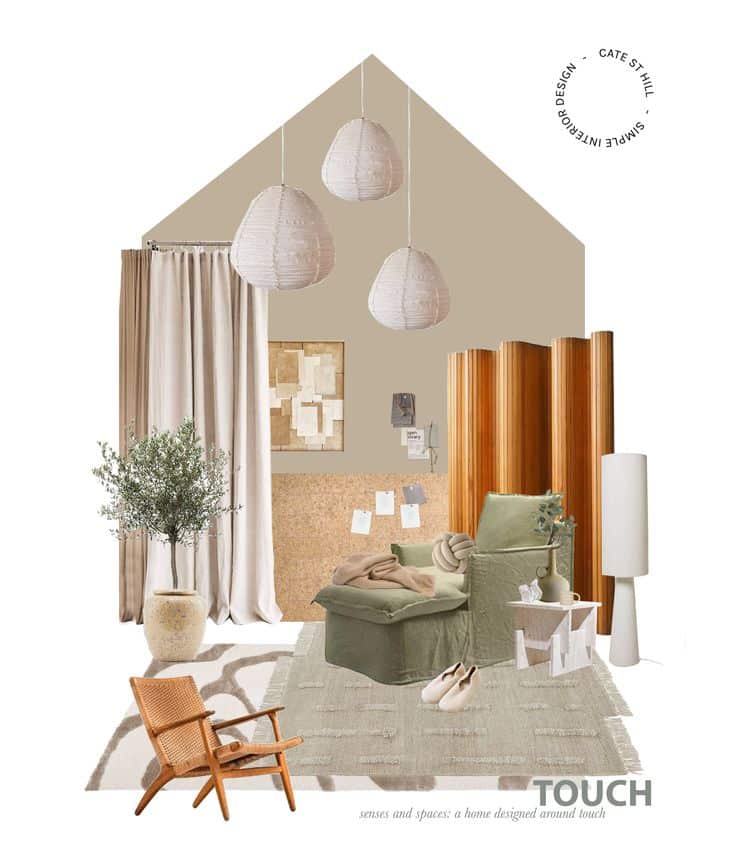
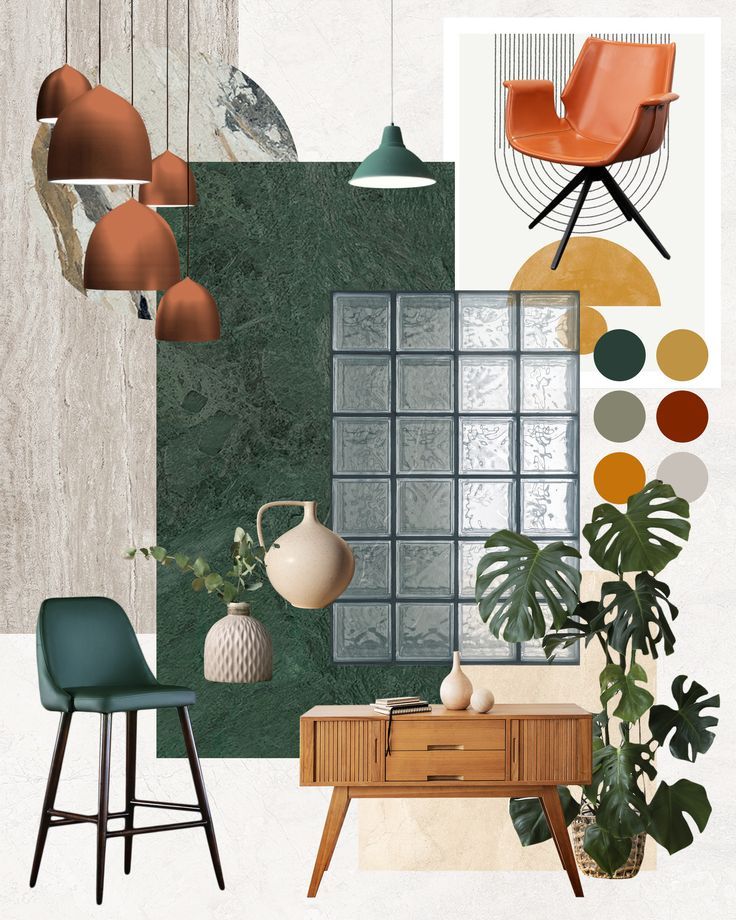
The Role of a Professional: Designer vs. Contractor
Navigating a remodeling project often requires the expertise of various professionals. Understanding the distinct roles of designers and contractors, and how they collaborate, is key to a successful outcome.
Interior designers focus on the aesthetic and functional aspects of a space, from conceptualization and space planning to material and finish selection. They translate your vision into detailed plans and specifications. For instance, Residential Interior Design Services can help homeowners define their style and create cohesive living spaces.
General contractors are responsible for the physical execution of the project. They manage the construction team, oversee subcontractors (plumbers, electricians, carpenters), handle scheduling, ensure adherence to building codes, and manage the budget. Some companies, known as design-build firms, offer a streamlined approach by integrating both design and construction services under one roof. This can lead to better communication and project continuity.
When choosing a remodeling contractor, several factors should be considered. Experience is paramount; companies like Norseman Construction & Development boast 20 years of experience, while SOSNA has over two decades changing homes. Beyond experience, look for certifications or affiliations with reputable industry organizations such as the National Association of the Remodeling Industry (NARI) or local Home Builders Associations (HBAs). These affiliations often indicate a commitment to professional standards and ethical practices.

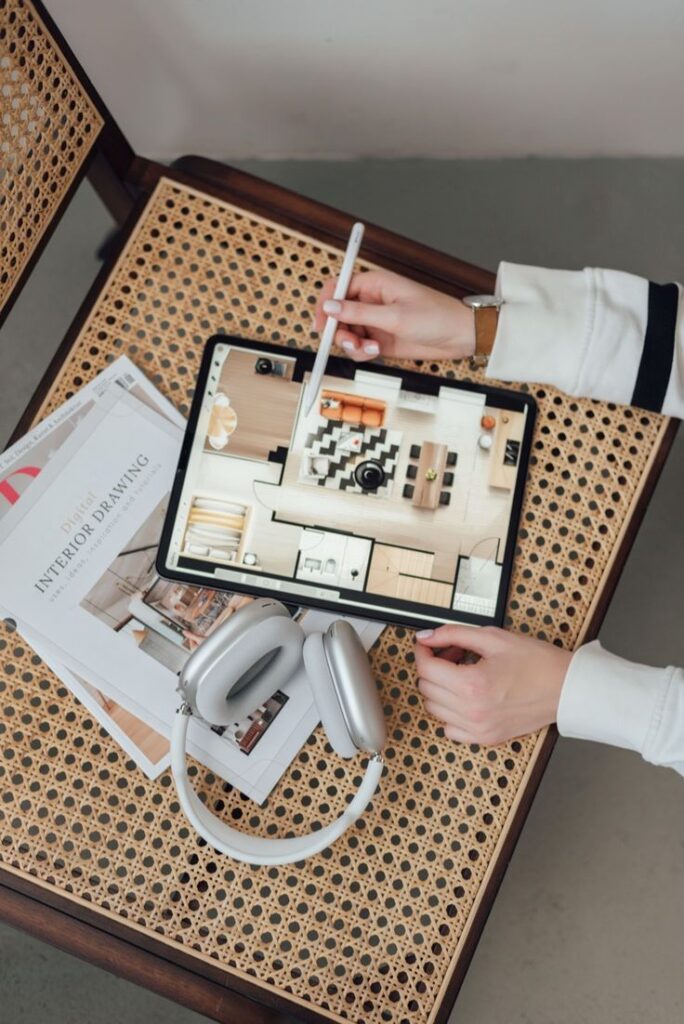
We recommend asking potential contractors a series of questions to ensure a good fit:
- Are you licensed and insured?
- Can you provide references from recent clients?
- What is your experience with projects similar to mine?
- How do you handle project management, budgeting, and timelines?
- What is your communication process throughout the project?
- Do you offer a warranty on your work?
- How do you ensure quality and customer satisfaction?
- What certifications or affiliations do you hold?
These questions help establish trust and clarify expectations, which are crucial for a smooth renovation experience.
The Renovation Process: From Concept to Completion

A home renovation project, regardless of its scale, typically follows a structured process to ensure efficiency, quality, and client satisfaction. Understanding these steps can help homeowners prepare for a smooth experience.
The journey begins with an initial consultation, where homeowners discuss their vision, needs, and budget with the remodeling company. This is followed by the design phase, where concepts are developed, layouts are refined, and material selections are made. This often involves creating detailed architectural drawings and 3D renderings to visualize the proposed changes.
Once designs are approved, the crucial step of permitting begins. Permits are often required for home renovations, especially for structural, plumbing, or electrical work. Reputable companies assist with this, ensuring compliance with local building codes. For example, in Toronto, permits are essential, and a full home renovation can take several months to complete, highlighting the importance of proper planning and adherence to regulations.
With permits in hand, a comprehensive construction schedule is developed, outlining project milestones and timelines. Project management tools are frequently used to track progress, manage resources, and facilitate communication. During the construction phase, regular updates and site visits keep homeowners informed. Many companies ensure quality and customer satisfaction through rigorous oversight, skilled craftsmanship, and clear communication. For example, Route Home Construction guarantees projects will be completed on time, offering peace of mind.
The process culminates in a final inspection, where the completed work is reviewed against the design plans and quality standards, ensuring everything meets expectations before handover.
Residential Projects: Kitchens, Baths, and Whole-Home Changes
Residential remodeling encompasses a wide array of services, each with its unique considerations and benefits. Construction remodeling companies offer specialized expertise for various areas of the home.
Kitchen remodeling is one of the most popular renovations, often considered the heart of the home. It can range from minor cosmetic updates to a complete overhaul, involving new cabinetry, countertops, appliances, and layout changes. The average cost of a kitchen renovation can be significant, reflecting the complexity and impact of this space. A well-designed kitchen not only improves daily living but also significantly boosts a home’s resale value. For those interested in how local influences shape culinary spaces, exploring a Detroit kitchen design culinary resource can offer unique insights into functional and aesthetic considerations.
Bathroom renovations are another high-impact project, changing utilitarian spaces into personal sanctuaries. These can involve updating fixtures, tiling, showers, and vanities to create a more luxurious or functional environment. The average cost of a bathroom renovation in Toronto, for instance, typically falls between $15,000 and $30,000, reflecting the detailed work involved.
Whole-home renovations are comprehensive projects that address multiple areas of a house, often involving structural changes, reconfiguring layouts, and updating all finishes. This type of renovation requires extensive planning and coordination, often spanning several months. Companies like SOSNA, with over 20 years of experience, specialize in such major changes.
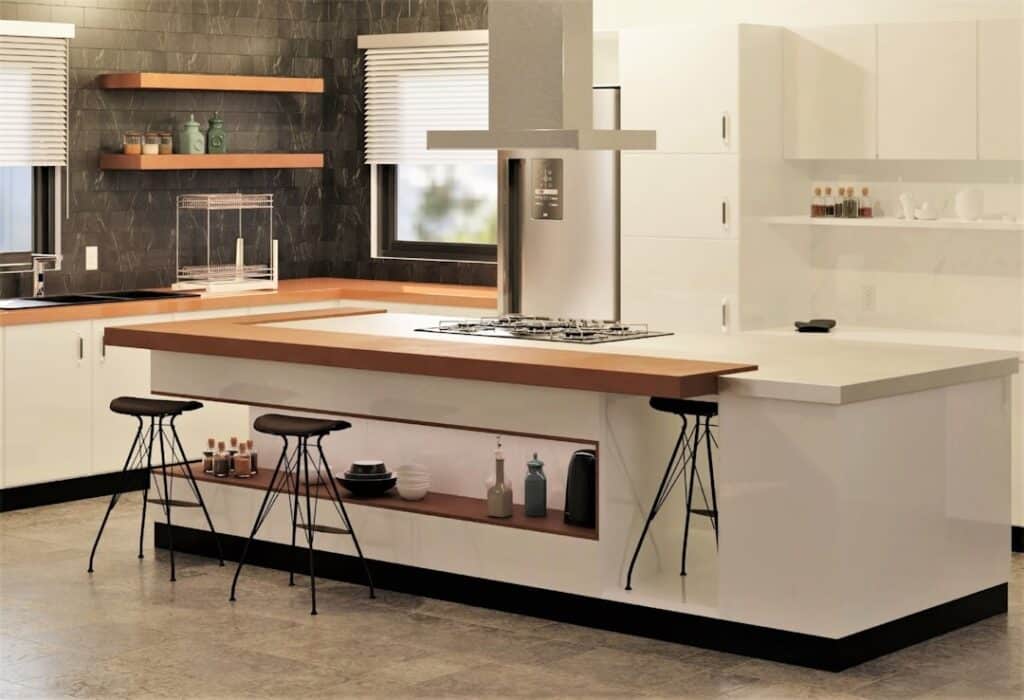
Beyond these common projects, construction remodeling companies also offer services like:
- Basement finishing: Converting unfinished basements into usable living spaces, such as family rooms, bedrooms, or home offices.
- Home additions: Expanding the footprint of a home by adding new rooms or extending existing ones.
- Accessory Dwelling Units (ADUs): Creating separate living spaces on the same property, often used for guests, rental income, or aging family members.
- Open-concept layouts: Removing walls to create larger, more fluid living areas, a popular trend in modern design.
The differences between these services lie in their scope, complexity, and impact on the home. Kitchen and bathroom renovations are typically focused on specific rooms, while whole-home renovations are much broader. ADUs and additions involve expanding the physical structure, requiring more extensive planning and permitting. Regardless of the project type, the goal is always to improve the home’s functionality, aesthetics, and value. For example, a firm specializing in New Home Construction Dallas TX would have a deep understanding of structural integrity and design integration for additions. Similarly, companies like New Home Construction Nashville TN or New Home Construction Austin TX are adept at handling complex new builds that inform their renovation capabilities.
Commercial Space Design and Furnishing: Function Meets Brand
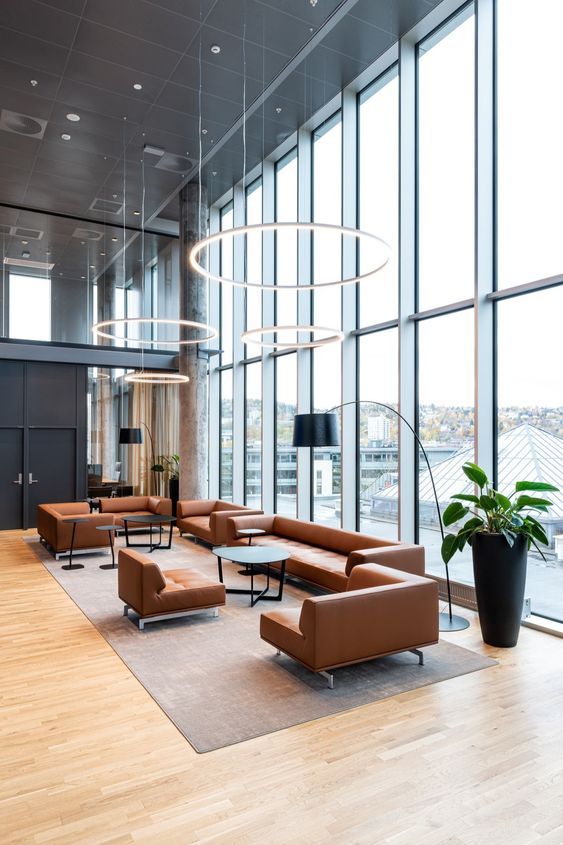
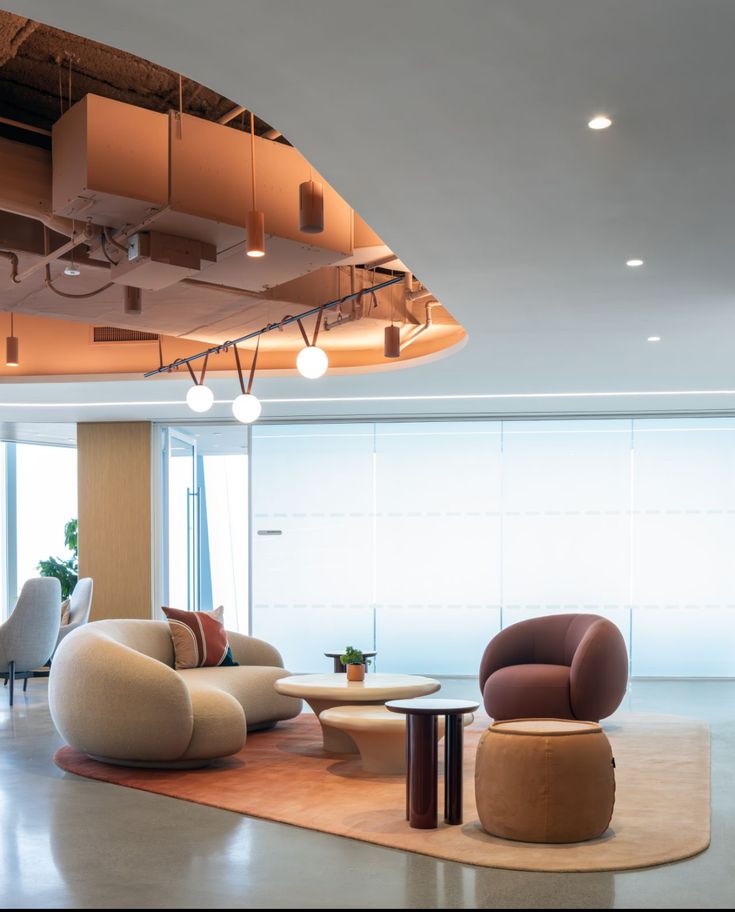
While residential projects focus on personal comfort, commercial space design and furnishing prioritize functionality, brand identity, and customer experience. Construction remodeling companies specializing in commercial projects understand that these spaces are not just places of work or commerce, but extensions of a business’s brand.
Brand identity is paramount. Every element, from the layout and color scheme to the materials and lighting, must reflect the company’s values and mission. The design should create an environment that resonates with target customers and employees alike. For example, a retail store might aim for an inviting, vibrant atmosphere, while a corporate office may prioritize a sleek, professional, and collaborative environment.
Customer experience is a driving force in commercial design. This includes optimizing traffic flow, ensuring comfortable seating, and providing intuitive navigation. In hospitality or retail, the design can significantly influence customer perception and engagement. For instance, a restaurant’s kitchen layout must be highly efficient, impacting service speed and food quality. For specialized needs in food service, Wholesale 67-inch pizza prep furnishing can provide valuable insights into equipment selection that marries functionality with durability.
Durability is another critical factor. Commercial spaces experience much higher traffic and wear than residential ones, necessitating the use of commercial-grade materials that can withstand heavy use and are easy to maintain. This includes robust flooring, resilient wall coverings, and sturdy furniture.
Finally, ADA compliance (Americans with Disabilities Act) is a legal and ethical requirement for most commercial spaces. This ensures accessibility for all individuals, including ramps, wider doorways, accessible restrooms, and appropriate counter heights. Companies offering Commercial Interior Design Services are well-versed in these regulations and can ensure designs meet all necessary standards.
The expertise of construction remodeling companies in commercial projects extends to understanding specific industry needs, whether it’s the specialized requirements of a medical office, the dynamic layout of a co-working space, or the inviting ambiance of a boutique hotel.
Key Trends Shaping Modern Spaces
The world of home renovation and design is constantly evolving, driven by technological advancements, shifting lifestyles, and a growing awareness of environmental impact. Staying abreast of current trends can help homeowners make informed decisions that improve both the value and livability of their properties.
One of the most significant trends is the integration of smart home technology. From smart thermostats and lighting systems to automated security and entertainment setups, these technologies offer convenience, energy efficiency, and improved comfort. Homeowners are increasingly looking to incorporate features that allow for remote control and personalized settings.
Sustainability and the use of eco-friendly materials are no longer niche concepts but mainstream priorities. This includes selecting materials that are recycled, locally sourced, low in VOCs (volatile organic compounds), or rapidly renewable. Beyond materials, energy-efficient upgrades are highly sought after. This can involve improved insulation, energy-efficient windows and doors, high-efficiency HVAC systems, and even solar panel installations. These upgrades not only reduce utility costs but also contribute to a smaller carbon footprint.
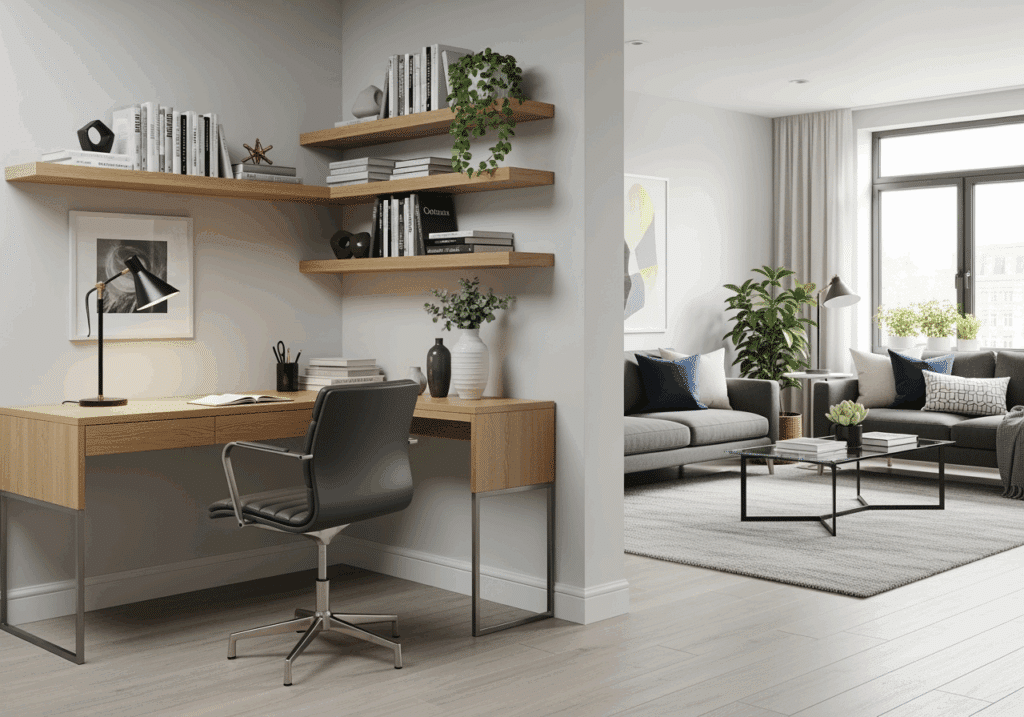
Biophilic design, which seeks to connect occupants with nature, is gaining traction. This involves incorporating natural light, plants, natural materials (wood, stone), and views of the outdoors into interior spaces. The goal is to create environments that promote well-being, reduce stress, and foster a sense of calm.
Finally, multi-functional spaces are becoming a necessity, especially in urban areas or smaller homes. This trend focuses on designing rooms that can serve multiple purposes, such as a living room that doubles as a home office or a guest room with a Murphy bed that transforms into a gym. This maximizes square footage and adaptability.
The Rise of Flexible Living: ADUs and Multi-Use Rooms
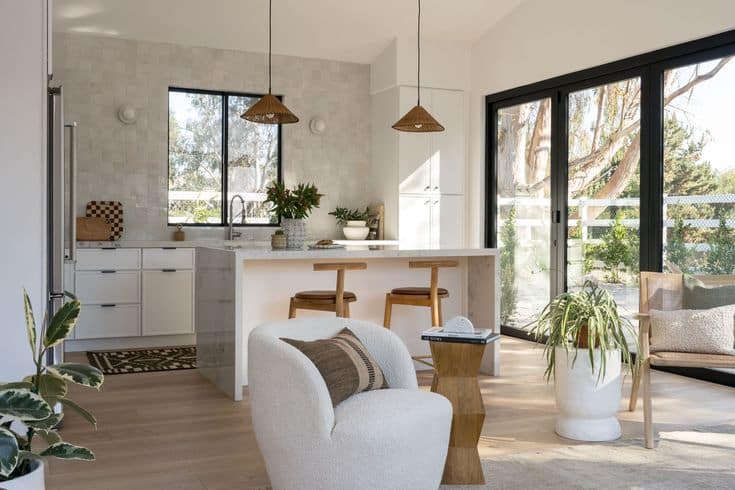
The demand for flexibility in living spaces has led to a significant rise in Accessory Dwelling Units (ADUs) and the clever design of multi-use rooms. These solutions address diverse needs, from accommodating extended family to generating rental income or simply optimizing living arrangements.
ADUs, often referred to as “granny flats” or “in-law suites,” are self-contained living units located on the same property as a primary residence. They can be detached structures, garage conversions, or basement apartments. The appeal of ADUs is multifaceted:
- Home offices: Providing a dedicated, quiet space away from the main house, ideal for remote work.
- Guest suites: Offering comfortable accommodations for visitors while maintaining privacy.
- Aging-in-place design: Creating accessible living spaces for elderly parents or relatives, allowing them to live independently close to family.
- Rental income: Generating passive income through short-term or long-term rentals.
- Space for adult children: Providing independent living quarters for young adults returning home.
The flexibility offered by ADUs is a key driver of their popularity. They allow homeowners to adapt their properties to changing life circumstances without needing to move. For those in growing areas like Fort Worth, companies specializing in New Home Construction Fort Worth TX are increasingly incorporating ADU options into their designs.
Similarly, within the main home, multi-use rooms are changing how we think about interior spaces. A single room might seamlessly transition from a dining area to a workspace, or a spare bedroom could function as both a guest room and a home gym. This trend is about maximizing square footage through clever design, built-in furniture, and thoughtful storage solutions. The goal is to create adaptable environments that cater to the dynamic needs of modern life, ensuring every inch of a home is used efficiently and beautifully.
Popular uses for an Accessory Dwelling Unit (ADU) include:
- Rental unit
- Home office or studio
- Guest house
- Caregiver’s residence
- Space for aging parents
- Housing for adult children
- Gym or recreation room
- Quiet retreat or hobby space
Frequently Asked Questions about Space Design
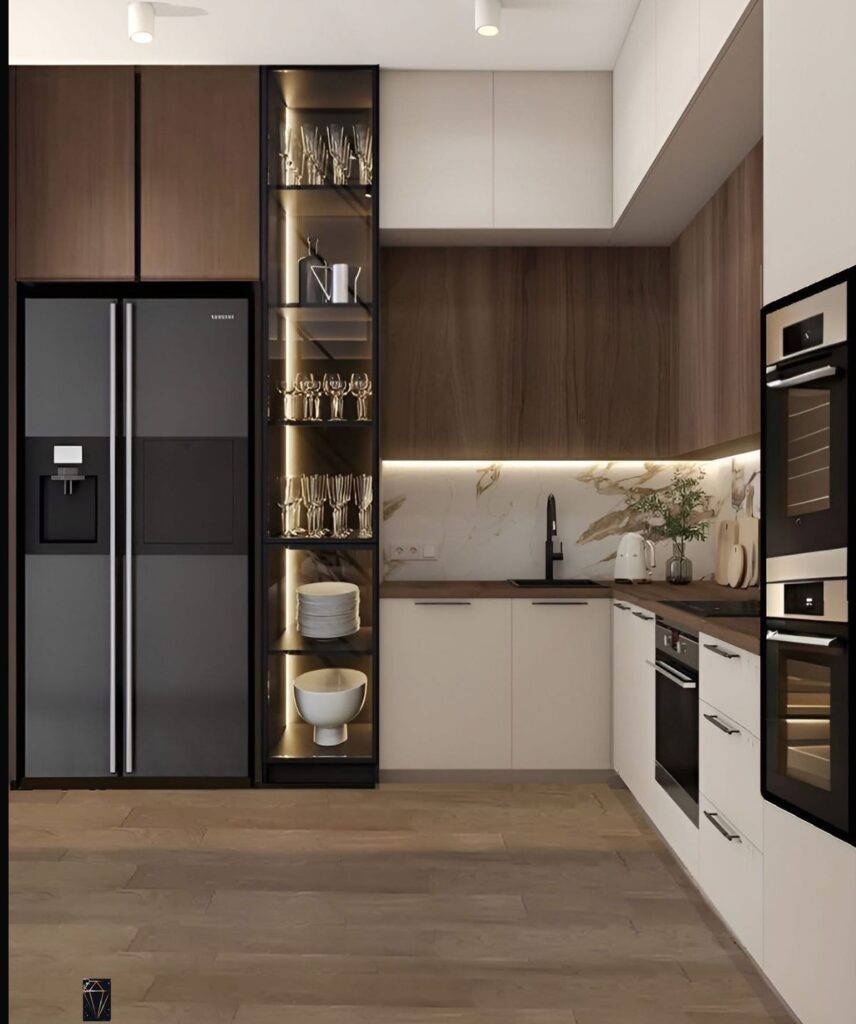
We often encounter common questions from homeowners contemplating a renovation. Here, we address some of the most frequent inquiries to provide clarity and guidance.
What is the first step in any remodeling project?
The very first step in any remodeling project is to clearly define your vision and goals. This involves understanding why you want to renovate, what you hope to achieve, and how you envision the space functioning and looking. We recommend creating a wish list, gathering inspiration (e.g., through mood boards), and establishing a realistic budget range. Once you have a preliminary idea, the next step is to consult with a professional remodeling company or designer. They can help translate your ideas into actionable plans, assess feasibility, and provide initial cost estimates. This early planning phase is crucial for a smooth and successful project.
How long does a typical kitchen renovation take?
The duration of a kitchen renovation can vary significantly based on its scope and complexity. A minor cosmetic update, such as painting cabinets and replacing hardware, might take only a few days to a week. However, a typical mid-range kitchen renovation, involving new cabinetry, countertops, flooring, and appliances, generally takes 4 to 8 weeks from demolition to completion. A major kitchen overhaul, which might include reconfiguring the layout, moving plumbing or electrical lines, or making structural changes, could extend to 10-12 weeks or even longer. Factors like material availability, contractor scheduling, and unexpected issues can also influence the timeline. Always discuss a detailed project schedule with your chosen contractor.
How do I balance trends with timeless design?
Balancing current trends with timeless design involves a strategic approach to material and color selection. Trends can add a fresh, contemporary feel to your home, but they can also quickly become dated. We advise incorporating trends in elements that are easier and less costly to change, such as paint colors, decorative accessories, light fixtures, or even cabinet hardware. For more permanent and expensive elements like flooring, major appliances, countertops, and fixed cabinetry, opt for classic, neutral choices that have enduring appeal. This creates a timeless foundation that can be easily updated with trendy accents as tastes evolve. Think of it as building a classic wardrobe and then accessorizing with fashionable pieces.
Conclusion: Crafting Your Ideal Environment
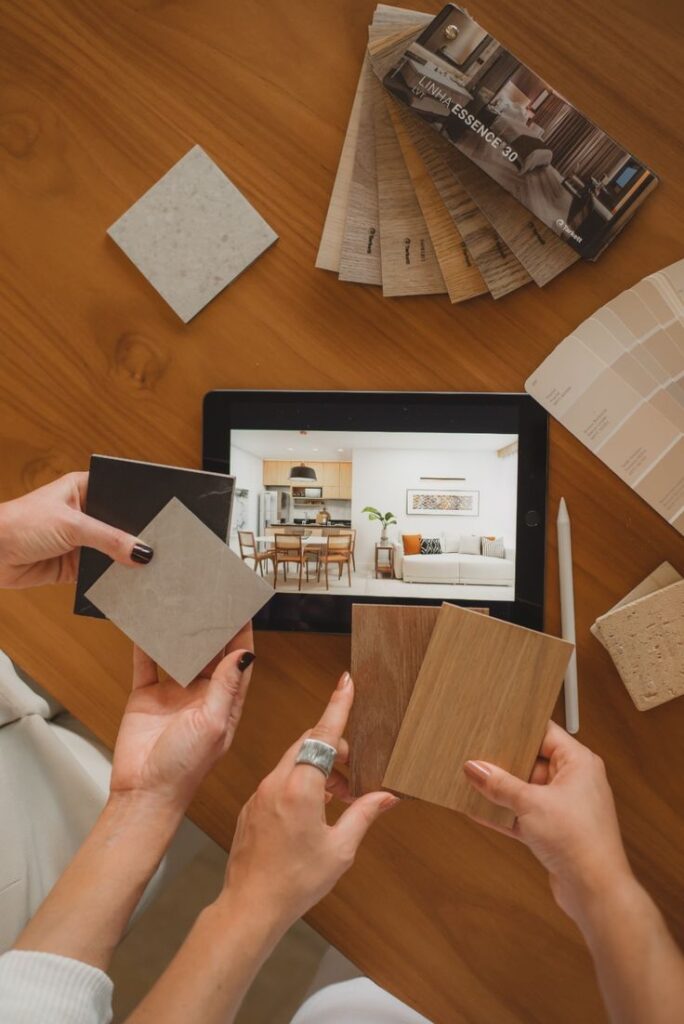

The journey of changing a space, whether it’s a cozy home or a busy commercial establishment, is a profound undertaking. It’s about more than just construction; it’s about crafting environments that resonate with purpose, beauty, and functionality. We’ve explored the diverse types of services offered by construction remodeling companies, from intricate kitchen and bathroom renovations to expansive whole-home changes and specialized commercial build-outs. We’ve also highlighted the critical factors in selecting the right professional partner, emphasizing the importance of experience, certifications, and clear communication.
The typical renovation process, from initial consultation and meticulous design to permitting, construction, and final inspection, underscores the need for expert guidance and robust project management. We’ve seen how professionals adeptly handle budgeting and timelines, ensuring quality and customer satisfaction at every turn. Furthermore, understanding current trends—like smart home technology, sustainability, and flexible living solutions such as ADUs—empowers homeowners to create spaces that are not only aesthetically pleasing but also future-proof and energy-efficient.
The benefits of hiring a professional remodeling company far outweigh a DIY approach, offering expertise, efficiency, and peace of mind. By preparing adequately for your renovation project and engaging with experienced professionals, you can steer the complexities with confidence. The art and science of shaping environments are continuously evolving, but the core principles of thoughtful design, quality craftsmanship, and client-centric service remain constant.
As you consider your next project, remember the value that professional insights bring to the table. They can help you define your vision, steer challenges, and ultimately, bring your dream space to life.
For those looking to dig deeper into creating functional and beautiful residential spaces, particularly through expert design, we invite you to explore comprehensive residential interior design services that can guide you through every step of your change.
- 0shares
- Facebook0
- Pinterest0
- Twitter0



